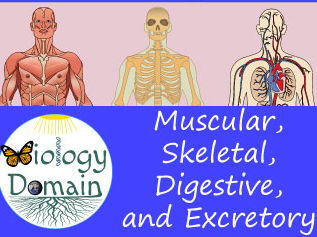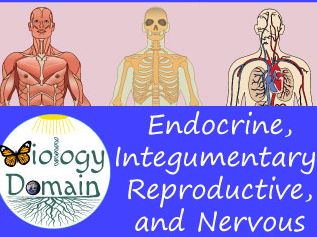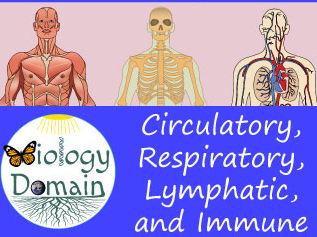Biology Domain
Welcome to my shop! I love being able to help other teachers during the year when they have so many things on their plate. I have taught both high school and junior high school science. I was also a scientist for a few years before I decided to teach. It made teaching very interesting and the students loved the stories. I hope I have a little something for you all!





















